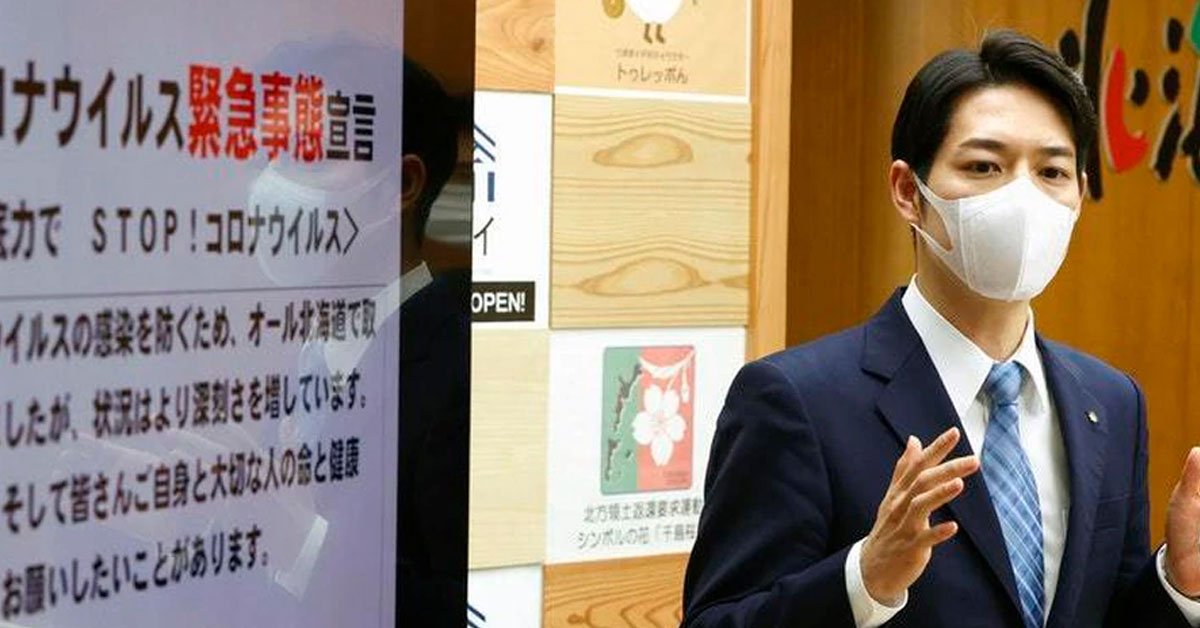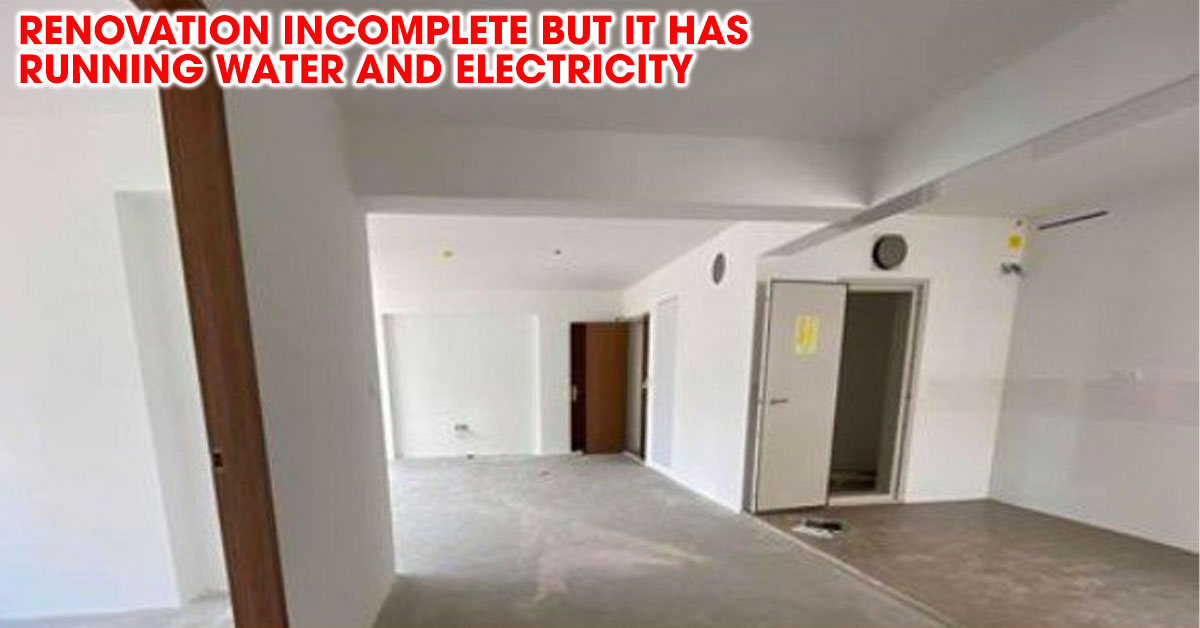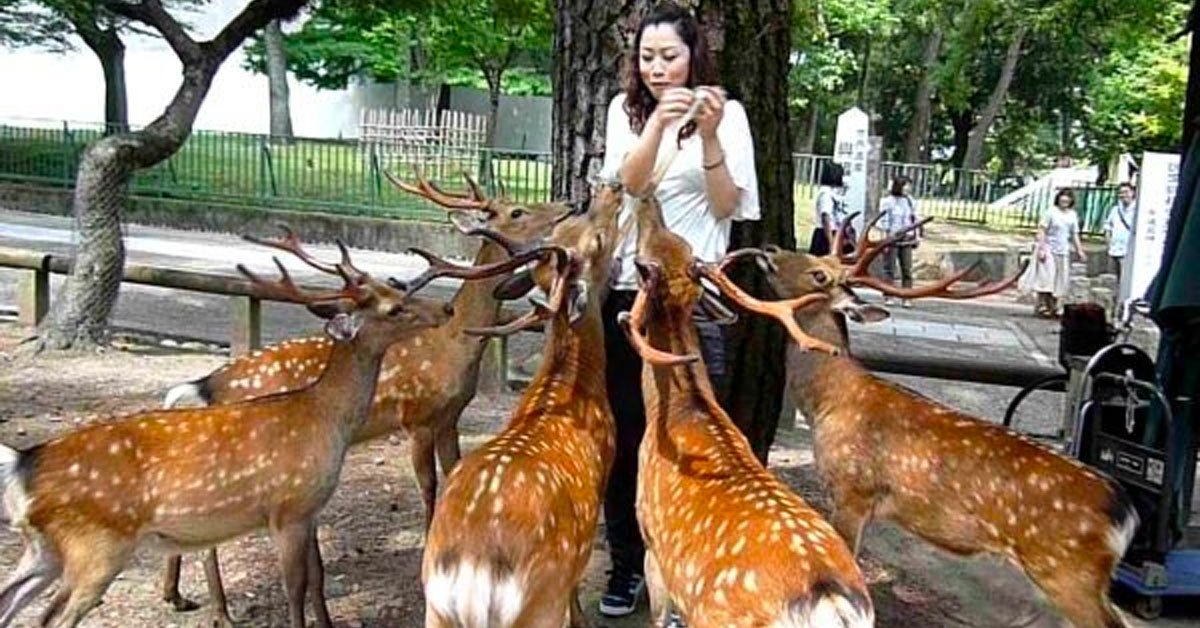We’re now three weeks into the Circuit Breaker, and morale’s understandably running low.
Real low.
Despite everyone’s best efforts to keep themselves entertained at home, whether it’s through self-learning, working out or just burning the kitchen down, the fact remains that the Covid-19 situation over here in Singapore has rendered the local business scene hopelessly lacklustre, and the mental state of every stay-home occupant even more so.
As a Wise Old Man once said: “The concept of quarantine might admittedly keep us safe and sound, but at the rate things are going… we might just get sick from staying home for too long anyway.”

And so, one can’t help but pine for the day that the lockdown’s lifted. Entertainment outlets will be back in the running, and families can dine in hawker centres once again without fear of being jailed over a bowl of bak kut teh.
Funny how such a conventional concept, which seemed so routine and usual before, has become an alluring and appealing notion in the span of mere months. It’s genuinely crazy what deprivation and restrictions do to your mental wants.
And yet, at the same time, one also can’t help but wonder: what would happen to Singapore if the lockdown measure’s lifted prematurely? Would Singapore continue to strive for excellence, or would it crumble in the face of such a lukewarm measure?
Well, one does not have to look further than the Hokkaido Model to know just how such a lukewarm measure could serve to backfire against us:
Both the citizens… and the government.
Here’s What Happened When Hokkaido Opened After 3 Weeks of ‘Lockdown’
Japan’s northern island of Hokkaido, a prefecture of 5.3 million people, is primarily known for its craggy mountain beauty as well as a vast history of farming and fishing.
But over the last couple of months, Hokkaido has also garnered a rather unsightly bit of reputation:
It serves as a prime example of what not to do when it comes to easing coronavirus lockdowns.
And truly, it’s such a pity that Hokkaido earned such a stain on its otherwise impeccable record, because honestly it started off on a remarkable note.
When the Covid-19 first hit the nation, Hokkaido, too, hit the ground running: its leaders acted swiftly and decisively, even as the national government received criticism for ‘taking it easy’ when halting the spread elsewhere.
A month after the first case was reported in Hokkaido, a state of emergency was announced by the governor: there were 66 cases then, highest of any prefecture in Japan. Schools, as well as many restaurants and businesses, closed, though they were not legally compelled to do so.
Follow us on Telegram for more informative & easy-to-read articles, or download the Goody Feed app for articles you can’t find on Facebook!
And by mid-March, about three weeks after the “lockdown” started, results were evident: new cases were in the low single digits, and even zero on certain days.
Yet even as the local health crisis dwindled, other concerns arose. Businesses suffered intense losses: an estimated 50 food processing companies went bankrupt, and Hokkaido’s dairy industry was so badly affected that the Ministry of Agriculture launched an actual video campaign featuring a ministry official garbed in the attire of a cow, in a bid to get people to drink more milk.
Well, desperate times call for desperate measures, I guess.
And so, Hokkaido Governor Naomichi Suzuki had a tough decision to make. Cases were at an all-time low, and businesses were issuing silent pleas for continued operations. Lifting the lockdown would mean a risk in health consequences; not lifting it would entail a continuous economic decline. To put it in simple terms, he had to contend with the age-old Hamlet-esque quote:
“To lift or not to lift, that’s the question”.
On 18 March, Suzuki gathered his advisers and they reached a consensus: it was time to ease restrictions. The next day, the decision was announced, though residents are implored to restrict social interaction and stay home if they felt unwell. 34 government-run facilities would be kept closed, as well as many schools.
This innovative model, in which residents continue to combat infection while resuming social and economic activities, is called “The Hokkaido Model”.
And yet, that was when it all fell apart.
Record Number Of New Cases
The announcement came before a three-day weekend, and people were understandably excited. Once the lockdown was officially lifted, Hokkaido residents spilled onto the streets and began crowding cafes, in celebration of the end of their weeks-long confinement.
Gone were the worries of old; everyone was too invested in the atmosphere to be conscious of the threat Covid-19 still represents.
People from other parts of Japan began travelling to Hokkaido as well, interested in the relaxed restrictions that were recently situated in place. Some were students whose classes were cancelled in April; others were employees who were in line for new job rotations at that time of the year. And that’s perhaps what triggered the second wave of infections;
Advertisements
Which in this case, hit home really hard.
Three weeks after the lockdown was lifted, there was a record number of new cases: 18 in one day. And on 14 April, just five days after the crippling revelation of record cases, Hokkaido was forced back into total isolation again.
The island had 279 reported cases, a stark 80% increase from when the first lockdown was lifted.
As of 22 April, the figure stands at 495.
Right now, businesses are preparing for the long haul, as there’s a possibility that it may not be until next year (2021) that they can safely lift the lockdown again. As Nagase put it, everyone will simply have to take personal responsibility until there’s a vaccine or medicine;
Advertisements
That’s one hard lesson that he and the prefecture learnt, and one mistake he will not be keen on repeating again.
A Hard Lesson Learn For Hokkaido, And An Example Singapore Should Not Be Tempted To Follow
At the time of writing, there’s a reported figure of 618 new cases for today (25 April 2020). So technically, a lift on the current lockdown probably isn’t going to happen anytime soon.
Yet the question beckons; should the day come when Singapore reports minimal figures, or even zero cases, would the prospect of everyday life be too sweet a temptation?
Well, I’d say it depends. Though if the Hokkaido Model was anything to go by…
I think we’re better off with a CB (Circuit Breaker).
Reader Bao: But my bubble tea –
Make it yourself with this article.
Reader Bao: And my hair –
Advertisements
You don’t CB.



